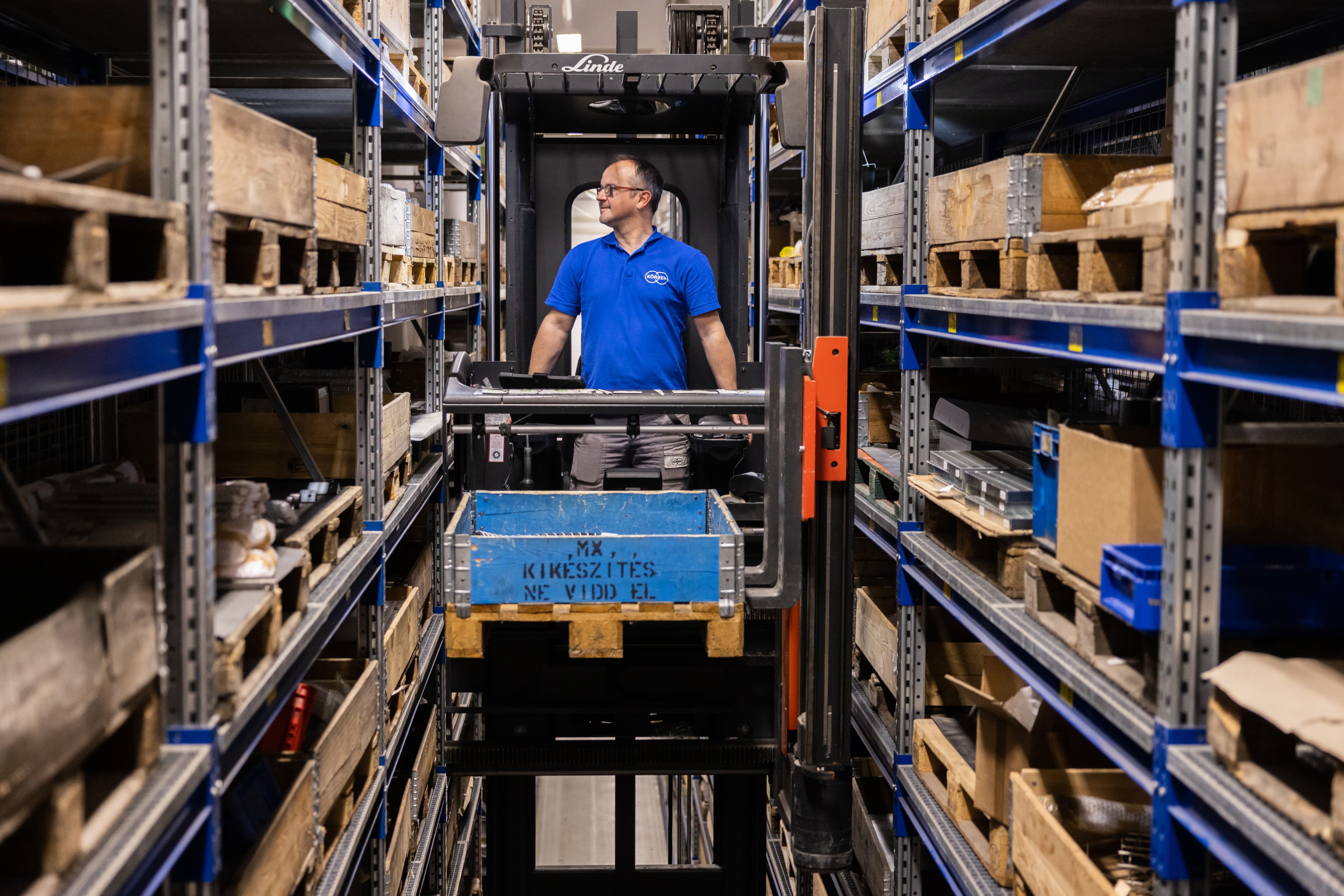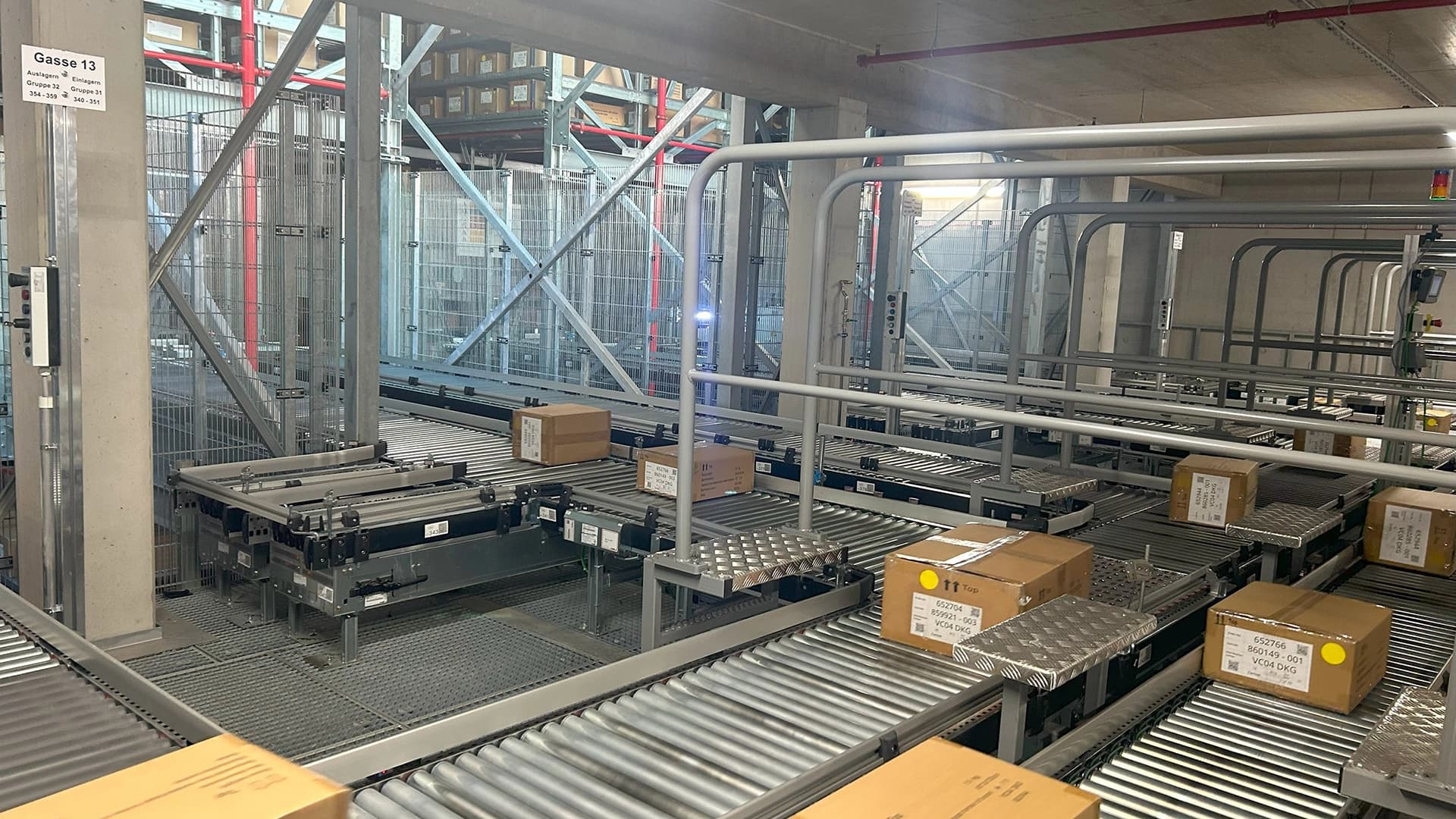SAP LGM complements SAP EWM and SAP TM – it does not replace them. SAP EWM remains the system for highly automated distribution centers, SAP TM controls complex transport networks, and SAP LGM closes the gap between them. Ultimately, it's about finding the right solution for the right location.
Typical application scenarios for SAP LGM:
- Production-related warehouses with standard processes
- Regional distribution or spare parts warehouses
- 3PL locations with clearly defined processes
- Decentralized connected plants
Körber uses structured assessments to determine the right solution for each location. Hybrid architectures are a common model here: SAP EWM in the central warehouse, SAP LGM in satellites, SAP TM for transport planning.
- Highly automated DC: SAP EWM ensures maximum process integration
- Global transport planning: SAP TM enables strategic management
- Medium-complexity regional warehouses: SAP LGM makes the company fast and cloud-ready
- 3-PL cooperation: Separate but integrated with SAP LGM (satellite)
SAP LGM is the link in the SAP portfolio – it finally makes hybrid architectures economical and cleanly scalable.
SAP LGM – driver of composable logistics
The roadmap clearly shows that SAP LGM will grow. With the planned GA release in 2026, topics such as freight settlement, batch handling, mobile inbound execution, and further automation steps will be added. The idea behind it is important: composable logistics.
In the future, companies will build their supply chains in a modular way – SAP LGM is the entry point. With each new function and integration, the value grows in the network, not in the individual system.
Three questions to determine whether SAP LGM is right for you:
- Do you have multiple warehouse locations, but only a few with automation?
- Is an SAP EWM or SAP TM project too big for you economically?
- Do you want cloud integration, standardization, and short project times?
If you answered "yes" to one or more of these questions, we should talk.
Körber Perspective – From Strategy to Implementation
Körber is one of the first partners to actively include SAP LGM in its consulting and implementation portfolio. Our approach: not the most complex system, but the right system for each location.
Using a clear assessment framework, we evaluate processes, IT maturity, and business value – and use this to derive the appropriate SAP solution architecture. This creates decision-making certainty through transparency and makes hybrid architectures plannable.
At the same time, Körber develops its own best practices and add-ons on the BTP that further accelerate the introduction and operation of SAP LGM – especially for industries such as pharmaceuticals, mechanical engineering, and consumer goods. We understand processes not only on the screen, but also on the ground.
Conclusion: From paper warehouse to predictive warehouse
SAP LGM is not a replacement for existing solutions—it is the logical addition to the SAP portfolio. It brings digitalization to places where it was previously hardly economically feasible: small and medium-sized warehouses, remote locations, and manual processes.
Körber actively supports this development – as a partner, consultant, and enabler. We help companies take the next step without fearing the big leap. Let's work together to see how SAP LGM can advance your supply chain.
In the Körber Design Workshop, we evaluate your locations, processes, and IT landscape—and show you where SAP LGM creates real added value.





